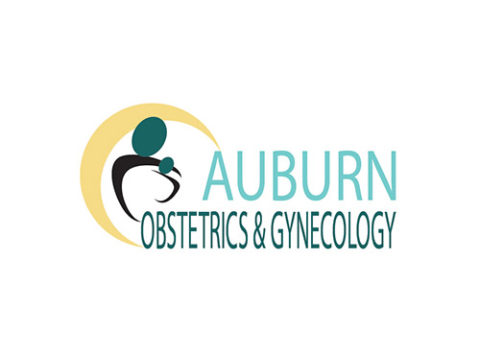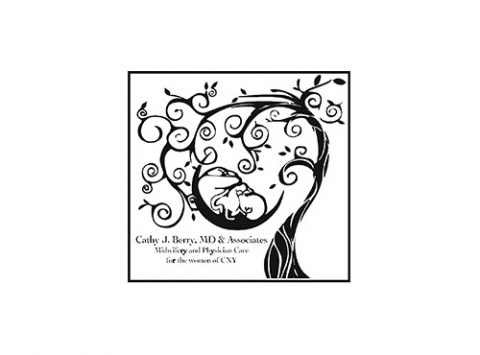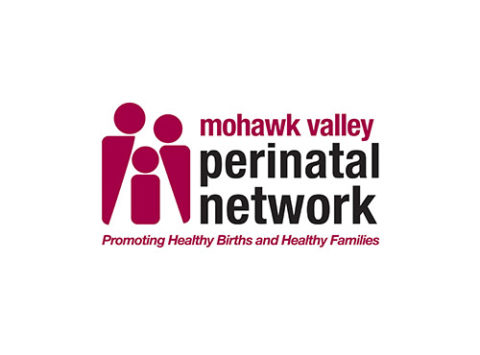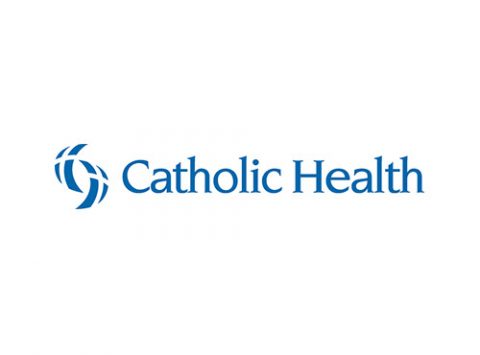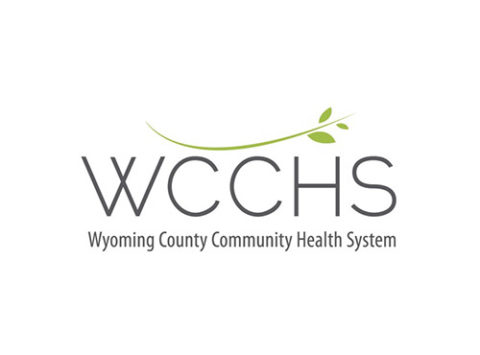Overview
How women deliver babies in the United States has changed dramatically over the past two decades. The cesarean delivery rate, for example, rose by nearly 60%, peaking at 32.9 percent of births in 2009. Rates have now begun to decline slightly, and vary across states. In 2012, the cesarean rate in Utah was 22.6%, while it was 40.2% in Louisiana. In New York, the rate is 34.2%.
The World Health Organization reports the best outcomes for women and babies occur when the cesarean rate is closer to 5% or 10%. Studies also show that when births are attended by licensed midwives, the cesarean rate is much lower.
In fact, when a woman receives midwife care during pregnancy or birth, she has a 33% lower risk of miscarriage, 19% lower risk of infant death and 31% lower risk of having a baby with low birth weight.
However, western and central New York have fewer licensed midwives than other regions in the state. To support the growth of midwifery in our regions, the Foundation provides funding and expert assistance to independent midwifery or collaborative OB/GYN/midwifery practices in maternal and child health “hot spots” to improve their ability to provide low-income women with prenatal, obstetrical and well-woman care. In addition to funding, we also help these practices develop sustainable business models so that they can continue to offer care for low-income women.
What Does a Midwife Do?
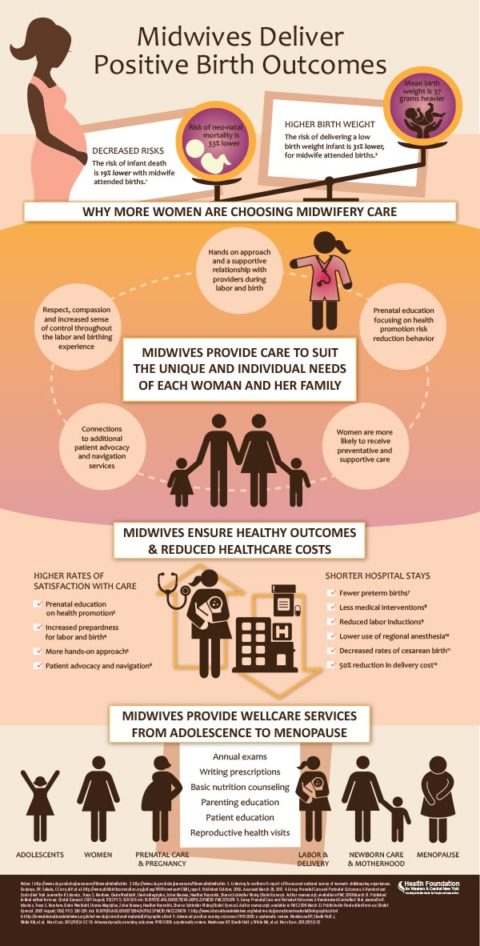 Licensed midwives provide comprehensive care to suit the individual needs of each woman, from pregnancy counseling and prenatal care to labor and delivery to newborn care. They can also provide well-woman care and gynecological care to women throughout their lives from adolescence into menopause. Midwives work in private practices, hospitals, clinics, physicians’ offices and birthing centers.
Licensed midwives provide comprehensive care to suit the individual needs of each woman, from pregnancy counseling and prenatal care to labor and delivery to newborn care. They can also provide well-woman care and gynecological care to women throughout their lives from adolescence into menopause. Midwives work in private practices, hospitals, clinics, physicians’ offices and birthing centers.
Midwifery emphasizes respect, compassion and an increased sense of control during pregnancy and birthing. When women have a supportive relationship with their maternity provider, they’re more likely to receive preventive care and get connected to any additional services they might need.
Additionally, midwives can help ensure healthier outcomes and reduced costs, including fewer preterm births, shorter hospital stays and 50% lower delivery costs, helping meet the triple aim of the Affordable Care Act: changing the way care is delivered to 1) improve health outcomes for all members of the community, 2) enhance the patient’s experience of care and 3) reduce the cost of care.
Results
In the first phase of the Foundation’s midwifery program, nearly all of the grantees developed new business plans and increased the number of low-income women they served. Grantees demonstrated an increase in business, organizational and clinical knowledge.
Grantees developed their capacity for strategic planning, leadership, recruitment, team building, billing and coding, emotional and situational training, collaboration, advocacy and networking.
We continue to provide support for midwifery practices in western and central New York to expand their ability to serve low-income women, with an added focus on building the leadership capacity of the midwifery community in both regions.
